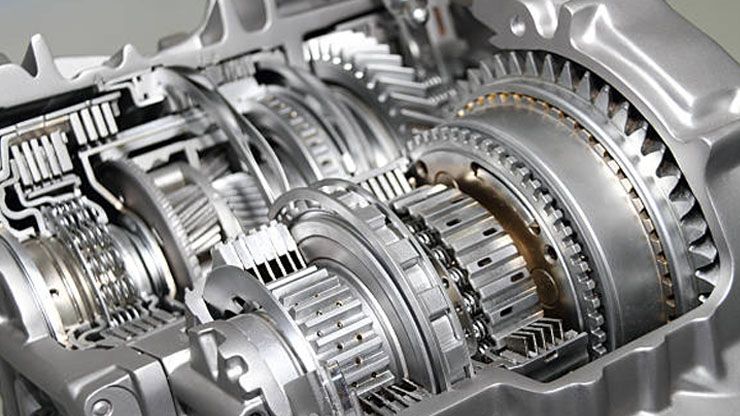To avoid seriously damaging your automatic transmission car and avoiding expensive repairs, don't ever do these 5 things.
One of the greatest inventions in the motor vehicle industry is an automatic transmission. Driving an automated vehicle is direct and straightforward compared to a manual one. Driving an automatic transmission vehicle favors not only qualified and experienced drivers but also those with simple and basic driving skills.
However, automatic transmissions are very complex, and they become challenging to repair. Such damages are severe to the point that your mechanic may not be in a position to help you out. To avoid such situations, below are five things you should avoid while driving an automatic transmission vehicle.
1. Never Operate an Automatic Car Through Deep Waters
As mentioned earlier, an automated vehicle transmission consists of sensitive parts that are easily destroyed when exposed to a little amount of water. Automatic transmissions have vents that can let in water when you drive in a flooded area.
When water gets into the transmission, the resultant effects include the production of dangerous vapors, building up of rust, and loss of adhesiveness in the clutch. The longer you drive your vehicle, the more destruction the water causes. Water destroys the friction plates making it impossible for the transmission to be in a position to shift gears. The only solution for this is buying another transmission.
2. Never Have Your Car Move from Drive to Reverse While in Motion
Reverse gears move the wheels of a vehicle in the opposite direction of the other gears. However, due to curiosity, some have tried it, resulting in catastrophic damages to their vehicles' gearboxes. The gear system is not meant for sudden shifts because this leads to the bending of the gear tooth.
Continued repetition of the shifts from drive to reverse gear leads to cracking on the root of the gear tooth, resulting in its failure. This shift is considered forceful because it transmits a large amount of torque in a short time to the input shaft. Reverse gears are not capable of handling such immense torque, hence destroy the transmission.
3. Don't Leave Your Car in Drive If You're Idling for a Long Time
If you ever failed to place the gear selector in parking while idling, be sure you have mistreated your car.
Once you engage the parking gear, a small piece of metal called the parking pawl works by locking the output shaft. Failure to engage parking breaks while at rest exposes the parking pawl to the risk of breaking in case another car strikes your auto. If this happens, the pieces of broken parking pawl remain in the transmission leading to severe damages.
Besides, leaving your vehicle in such a condition can result in overheating in the inside of the transmission. It's better to leave it in parking when you are idling for long because, in that state, the torque converter is not sending out a lot of power, hence reducing the amount of heat within. Leaving your car shut off is also another good option.
4. Avoid Doing Burnouts All the Time
Car burnout is a practice that involves having the car the wheels are spinning, while it' sat standstill. It creates friction between the wheels and the ground, producing a lot of smoke. During burnouts, several car parts, especially the faulty ones, are at risk of getting damaged.
Burnouts lead to the emission of high temperatures. Remember, automatic transmissions work within a particular range of temperatures, which, if surpassed, the expected life span of transmission is cut short. Therefore, the more regularly you carry out burnouts, the faster you damage your vehicle transmission.
5. Failure to Change Your Automatic Transformation Fluid
Automatic transmission fluid (ATF) is a liquid that plays the role of a lubricant and a coolant inside the transmission. Its other function is the movement of power from the engine to the transmission.
As time goes by, the additives in the transmission oil tend to break down, leading to its poor performance in terms of lubrication and even heat dispersal from the vehicle. Therefore, the automatic transmission fluid requires to be changed at intervals recommended by the manufacturer, hence the reason different makes and models have varying intervals of fluid changes.
You also have to regularly check the levels of the transmission fluid using a transmission dipstick. The dipstick has calibrations that indicate the level of the liquid. If the fluid is absent, or the additives have entirely broken down, then there will be wear and tear plus excess heat in the components of your transmission.


